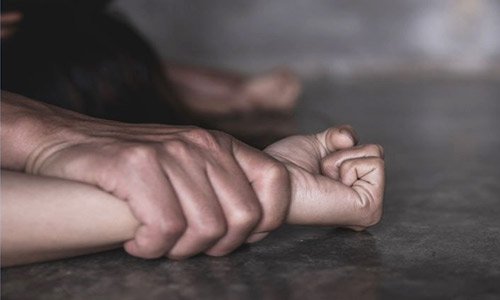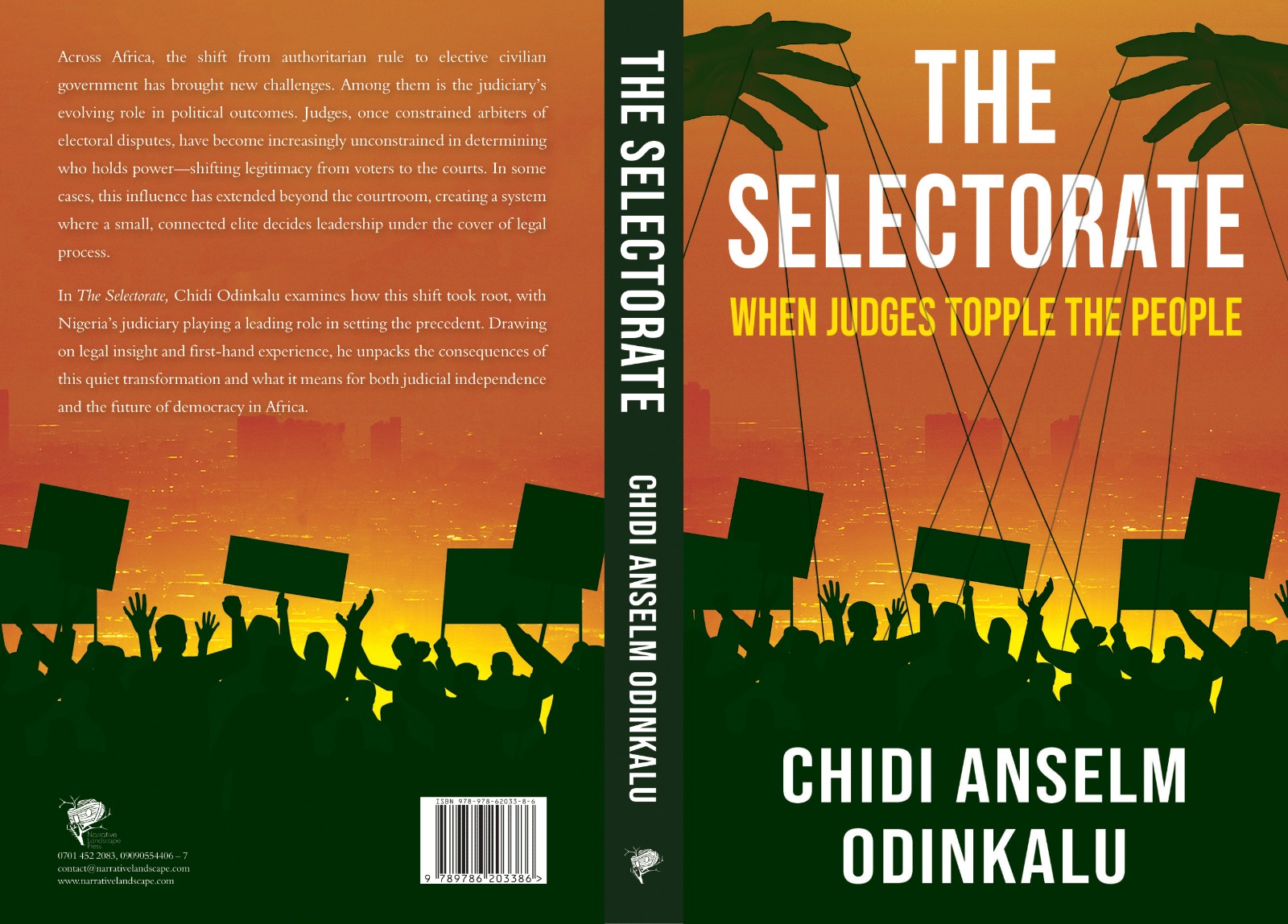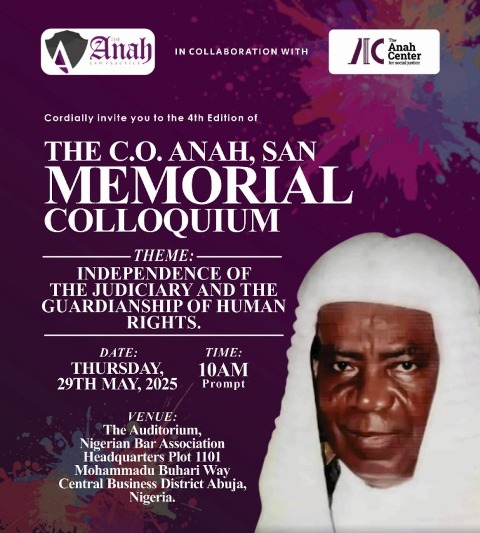By Ogbu, Blessing Ekpere Esq.
The piece is informed by the article which appeared on the 30th November, 2021 edition of Daily Mail, a UK tabloid. The title was sensational: “Lovely Bones author Alice Sebold FINALLY apologises to man she accused of rape in 1981 in a Medium post – seven DAYS after he was exonerated – and years after she made MILLIONS off back of the story” briefly, the facts of the story are this: in 1981 Sebold, then an 18-year-old freshman at Syracuse University was raped by an unknown black man. Months later, she saw a black man on the street and “thought it was him” This black man, Anthony Broadwater, then aged 22, was among the five black men that were featured in an identification parade; and, though Sebold identified the man on the far right of the parade as the person who raped her, Broadwater was nonetheless put on trial because “an officer suggested the man she met in the street must have been Broadwater, since he had been seen in the general area.”. Sebold would go on to identify him as her attacker in the Court during the trial and, together with the now discredited microscopic hair analysis which supposedly tied him to the crime, Broadwater was convicted and would go on to serve 16 years in prison. He was released in 1998 but his name was entered in the New York’s sex offender registry and had been there since.
In 2019, film producer, Tim Mucciante, who was working on the film adaptation of Sebold’s memoir, Lucky, for Netflix noticed some inconsistencies in the book and retained a private investigator to investigate the 38-year-old case. The private investigator linked Broadwater with J. David Hammond, an attorney with CDH Law, a law firm out in Syracuse, who in turn, brought in a colleague, Melissa Swartz of Cambareri & Brenneck to work on the case. Together, these lawyers and the private investigator unravelled the 38-year-old case.
The prosecutorial misconduct of the Police who charged a person different from the man Sebold identified, Sebold’s inexplicable volte-face in identifying Broadwater in Court after she had identified a different person during the identification parade, a lawyer’s false claim that Broadwater and the man standing next to him were friends who looked so much alike that they took advantage of their similitude to commit mischief and the discrediting of hair analysis as a forensic tool coalesced in ensuring that the conviction was overturned. Last week, Justice Water T. Gorman, in an emotional hearing in the Supreme Court of Syracuse, exonerated him of the offence and overturned his conviction. At the time of his discharge, Broadwater, who broke down in tears, was aged 61. Though he is married, he insisted, before his discharge, that he would never raise children who would come into the world and grow with the knowledge of the stigmatization of their father. This stance had been a source of major disagreement between him and his wife.
Coming closer home, on the 16th of July, 2020, a US-based Nigerian, 23-year-old Izuchukwu ‘Izu’ Madubueze, shot himself after Nanichi Anese, a social media influencer, included his name in a list of more than 100 people she designated as sexual abusers and all his requests to obtained the details of the claim were rebuffed. Izu’s case was pitiable and all the more compelling because it came on the heels of a virulent campaign by some feminists tagged “Believe All Women”. Sadly, Izu did not have the providence of a Tim Mucciante to investigate Anese’s claims.
These two cases – Broadwater’s and Izu’s – highlight the flaws inherent in a system of administration of justice that invests a faith-like confidence in the indissolubility of the witness who has sworn to say the truth, the whole truth and nothing but the truth. The internal dialectics that rifles through the resolute buoyancy of this system is reflected in the law of perjury which recognises the possibility of a sworn witness affirming mendacity as datum. This weakness in the adjudicatory process has diminished the confidence people repose in the judicial process. This loss of confidence is all the more visceral when the victim sees the perpetrator walk free from the clutches of the law.
The alternative – the court of public opinion – is not a pleasant prospect either. On the other hand, the vagaries of human emotions eliminate it as a reliable – and responsible – vehicle for the attainment of cathartic justice. A mob, driven by rage, envy, wickedness, ignorance and a panoply of vile emotions, retain no restraint in its determination to defenestrate reason. At the end, the justice served by the mob may not be justice in the true sense of the word; but the infliction of vengeful humiliation on the wrong person. The Broadwater’s case represents the limitations inherent in the conventional path to redressing a wrong; the Izu’s case exemplifies the alternative route and its dire consequences.
Rape is an emotive subject. This is founded primarily on the pervasive effect it has on the victim. As a crude invasion of the privacy of the victim’s body, it leaves the victim traumatised, humiliated and psychologically and emotionally disturbed often for the rest of their corporal existence. Sometimes, rape affects the sexuality of the victim. This explains the justified outrage that accompanies each incident; and the global struggle to eliminate the scourge. It is particularly heart-wrenching where the victim is a minor, or, where the victim is not a minor, but occupies a position of disadvantage in relation to the perpetrator.
But, embedded in this impassioned nature is the propensity to weaponise it as a means of inflicting irreversible injury on the character and career of an innocent person. The consequence is that rape becomes a vehicle for vengeance; and, because nobody would allow themselves to be perceived as encouraging rape, the accusers without any form of restraint or responsibility, reel out recriminations. By being used by vainglorious, vengeful and shadowy characters, rape itself cartwheels the underbelly of the moral courage of the society for sustained campaign of emotional blackmail against a particular gender; or against icons which espouse dissimilar polar worldviews.
What, then, to do? This problem can be resolved from two angles. First, the legal perspective. The elements of the offence of rape are contained in the penal laws. According to section 282 of the Penal Code applicable to the North of Nigeria, rape is sexual intercourse had against the woman’s will; or, without consent; or with her consent, where her consent has been obtained by putting her in fear of death or of hurt; or, in the case of a married woman where her consent is obtained by impersonating her husband; and, with or without her consent where the woman is less than fourteen years of age or of unsound mind. Section 1(1) of Nigeria’s Violence Against Persons (Prohibition) Act, 2015 broadens the concept of rape when it provides that rape could be committed against a woman as well as a man; and that the penetration must not necessarily be vaginal penetration; and that the penetrating object must not necessarily be the penis or any part of the human anatomy. It also invalidates consent obtained by means of false or fraudulent representation as to the nature of the act or the use of any substance or additive capable of taking away the will of such person.
The legal hurdles present a problem. Under the Penal Code, evidence of penetration of the vagina by the penis is necessary to prove rape. This is where medical evidence is relevant. The medical evidence must establish that the victim had been raped. Yet, even after the fact of the rape has been established, another hurdle is encountered: the victim must be able to tie the non-consensual sex to the person accused of the offence. That was the challenge the Court encountered in Francis Okpanefe v. The State (1969) 1 All N.R. 420 where the Supreme Court held that for the offence to be proved, the evidence of the victim must be corroborated. It is this condition that almost ensure that perpetrators escape from the law and leave the victims traumatised and disappointed in the judicial process of seeking redress, thereby leading them to seek alternative justice.
The result of alternative justice, especially in this information age, is the sweeping designation of every intimate communication as evidence of rape or sexual impropriety. The objective is to excoriate the alleged offender, to the point that the alleged offender is considered a pariah unworthy of human companionship. This alternative route becomes appealing as an ideal path to justice because of its guarantee of the instancy of retribution on the perceived offender vis-à-vis the counter-productive stringency of the conventional judicial process.
As the world marks the Sixteen Days of Activism Against Gender-Based Violence, a paradigm shift in the style of advocacy towards an effective containment of this miasma is needed at this point. Responsible and credible advocacy groups and civil society organisations should seize and control the narrative so that people can see the struggle as one against a pervasive evil and not a gender warfare. Victims of rape should be encouraged to go for medical examination immediately non-consensual sex occurs. This is necessary to preserve vital evidence. Further to this, they should be emboldened to speak up and name the perpetrator so that the person can be apprehended and profiled medically as early as possible in order to establish the nexus between him and the offence. That way, toxic campaigns of emotional blackmail that demonise an entire gender or certain icons and undermine sincere efforts towards curbing the menace would have been dismantled.
Encouraging victims of rape to speak up necessarily involves eliminating all forms of societal stigmatisations and pretentious judgments against them. Questions such as “what were you wearing?”, “Why were you with them alone?” “Why did you go out alone?”, “Why were you leading him on?” etc merely obfuscate the issues and put the victim on the defensive. This is unnecessary and should be discouraged. To achieve this worthy objective of tackling rape and all forms of sexual abuses, there is, therefore, the need for responsible persons and civil society groups to take the initiative in driving a public awareness that raises the quality of this conversation.
Ogbu, Blessing Ekpere, Esq., a lawyer, writes in from Abuja






This paragraph is genuinely a fastidious one it helps new
net people, who are wishing in favfor of blogging. https://mobileslot.Evenweb.com/
скільки може тривати війна в україні скільки буде тривати війна в україні 2022 коли закінчиться війна в україні 2022
Бетмен фільм Дивитись фільм Бетмен Бетмен дивитися онлайн
Дивитись фільм Бетмен Фільм Бетмен (2022) дивитись онлайн Бетмен 2022
Бетмен фільм Бетмен дивитися онлайн Дивитись онлайн Бетмен
Бетмен дивитися онлайн Бетмен 1989 дивитися онлайн Бетмен 1989 дивитися онлайн
Фільм Бетмен дивитись онлайн The Batman Фільм Бетмен (2022) дивитись онлайн
http://bitly.com/legenda-destan-vse-serii
http://bit.ly/legenda-destan-vse-serii
https://bitbin.it/xUNGaaQL/
https://bitbin.it/M6s1z3Ei/
https://t.me/holostyaktntofficial2022
Хранитель времени
На пятьдесят оттенков темнее
Последний богатырь 2
Гарри Поттер и Дары Смерти
Отрочество
Капитан Филлипс
Вечер с Владимиром Соловьевым
Выживший
Безумный Макс
Охотник на лис
Скажене Весiлля 2
Филомена
Аквамен
Гравитация
Рассказ Служанки
Главный герой
12 лет рабства
Человек-паук Вдали от дома
Во все тяжкиеё
Гонка
Игра в имитацию